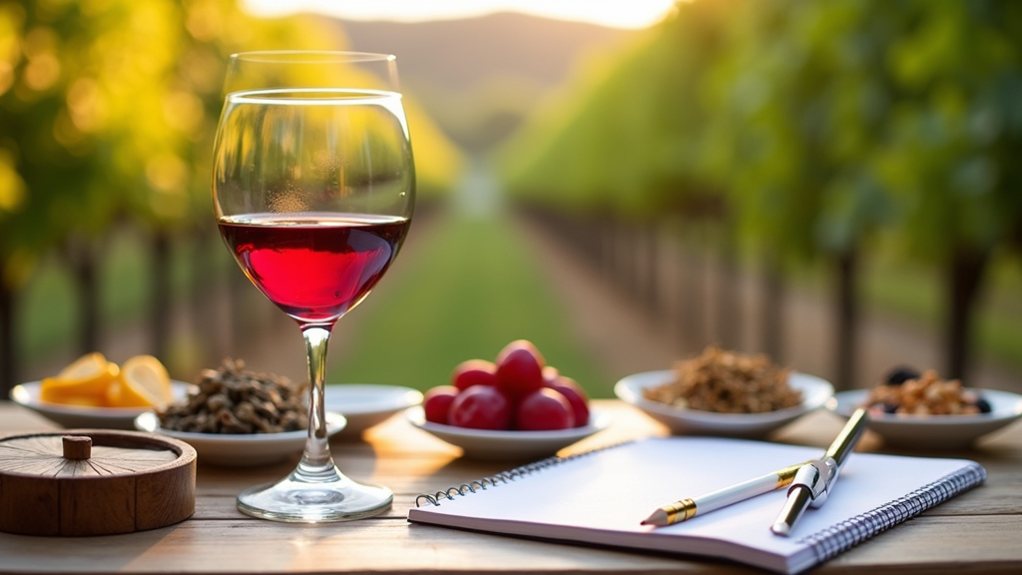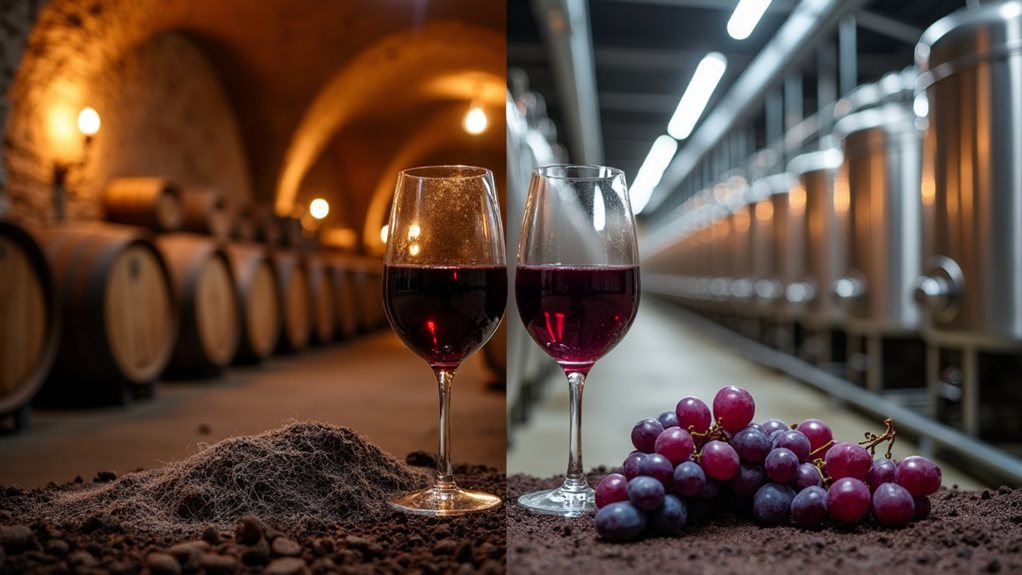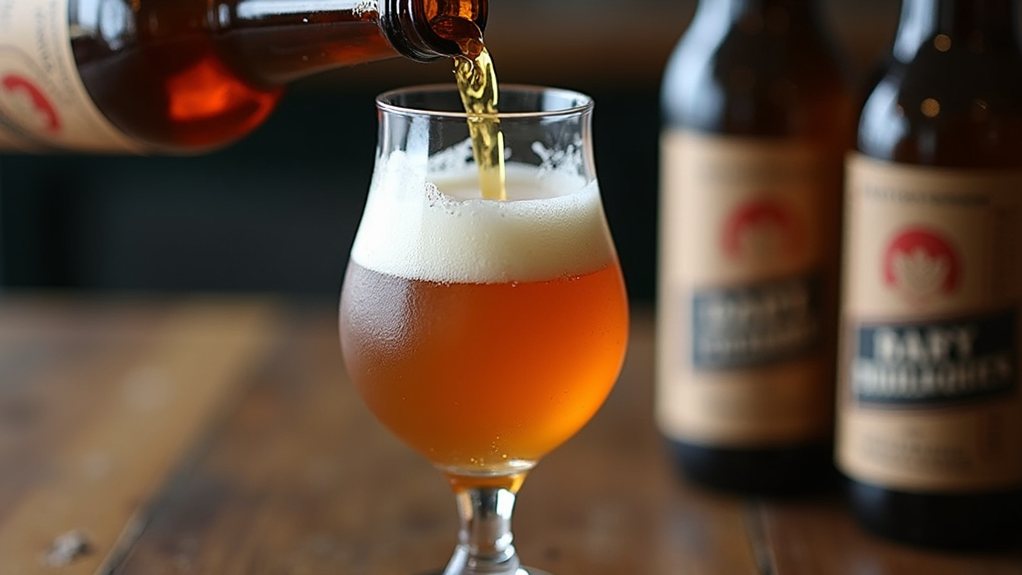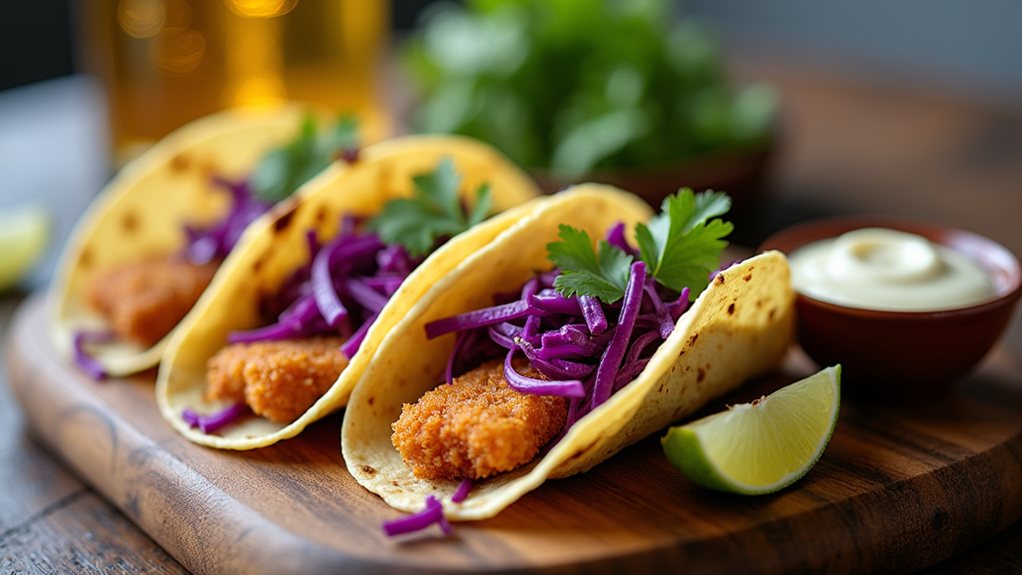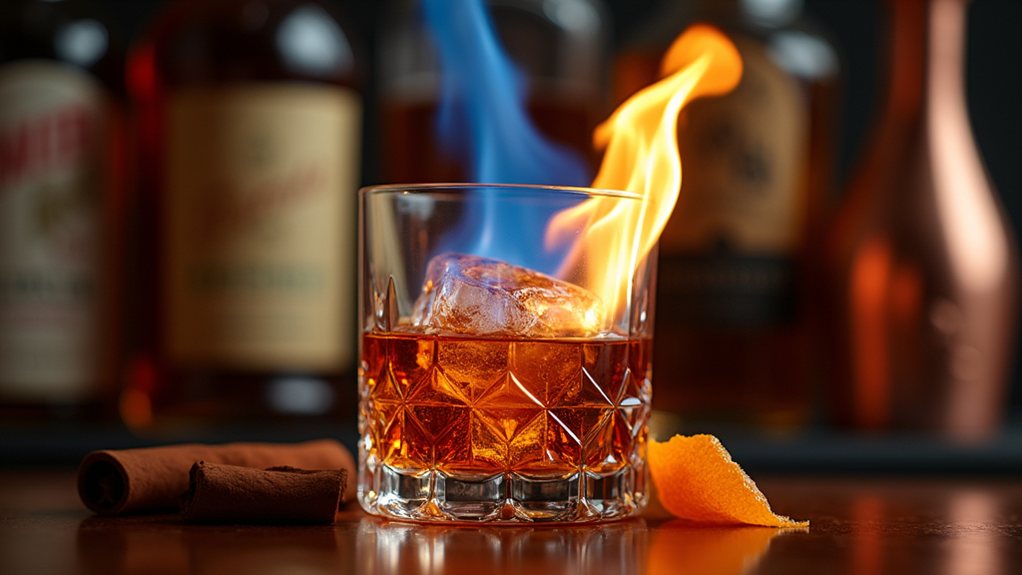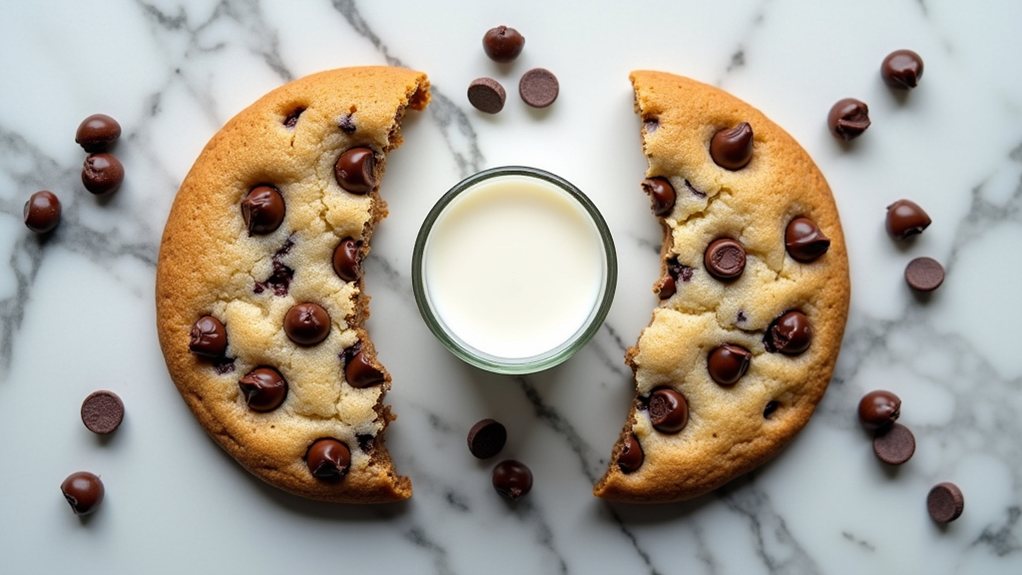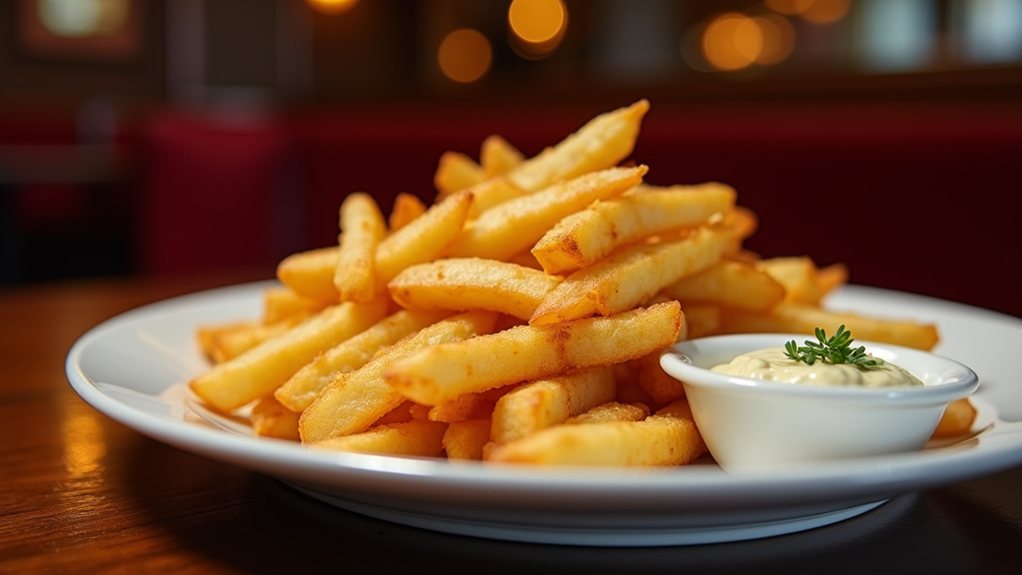Wine appreciation presents a fascinating paradox. Many enthusiasts struggle to develop their palates despite regular consumption, rushing through the experience rather than embracing each phase. The nose knows what the tongue often misses, yet smelling remains the most neglected step in the tasting process. Developing a personal vocabulary, maintaining detailed notes, and engaging in comparative tastings can transform casual enjoyment into genuine connoisseurship. The true secret lies in patience—a virtue that separates the discerning few from the hurried many.
The Path to Tasting Wine Like a Pro
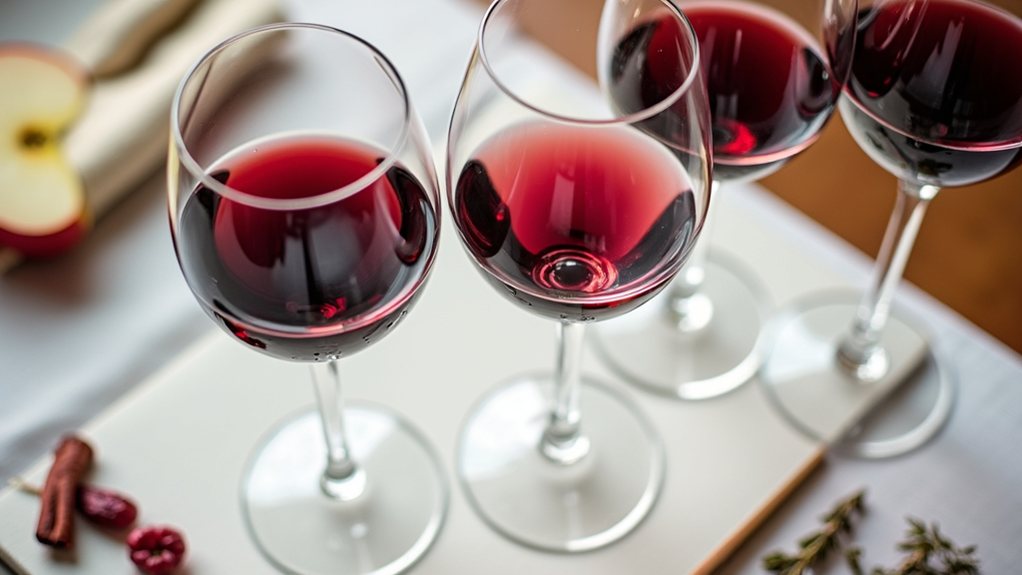
Many wine enthusiasts find themselves at a crossroads when attempting to improve their tasting experience beyond simply enjoying a glass of red or white. The path to a refined palate isn’t solely reserved for sommeliers and wine professionals, yet many casual drinkers fail to develop their sensory abilities despite genuine interest in the world of wine.
The wine tasting process involves four fundamental phases: looking, smelling, tasting, and concluding. Most people rush through these steps, missing the opportunity to fully engage with the wine’s complexity. Since 75-90% of taste is linked to aroma, neglecting the smelling phase greatly diminishes the experience. Wine lovers who alternate between short and long sniffs while swirling their glass reveal more aromatic compounds, creating a richer sensory adventure.
Color assessment provides valuable clues about a wine’s age, grape variety, and acidity levels. Many enthusiasts skip this visual examination, effectively starting the race a lap behind. The “look” phase sets expectations and prepares the brain for what’s to come, making it a vital yet often overlooked step in the process.
Developing a personal wine vocabulary presents another challenging hurdle. Without the ability to articulate flavors and textures, many wine lovers struggle to remember what they’ve experienced. Keeping detailed tasting notes helps track preferences over time, creating a personalized map of likes and dislikes that guides future explorations. Using aroma wheels as reference tools can significantly expand your descriptive abilities for both smell and taste characteristics. Assessing the wine’s legs or viscosity offers insight into alcohol and sugar content, adding another dimension to your tasting notes.
Temperature consideration affects flavor perception, with cold temperatures muting complexity. Many wine drinkers serve their bottles at improper temperatures, unknowingly sabotaging their tasting experience before the cork is even pulled. Likewise, comparative tastings accelerate palate development faster than isolated experiences, yet most enthusiasts rarely sample multiple wines side-by-side.
Success in refining your palate comes from consistent practice and varied exposure. The wine lover who smells everything, from fresh produce to spices in their kitchen cabinet, builds a mental library of aromas that transfers directly to wine appreciation.
Patience remains key—developing a refined palate takes time, but the rewards of a deeper connection to wine make the effort worthwhile.
